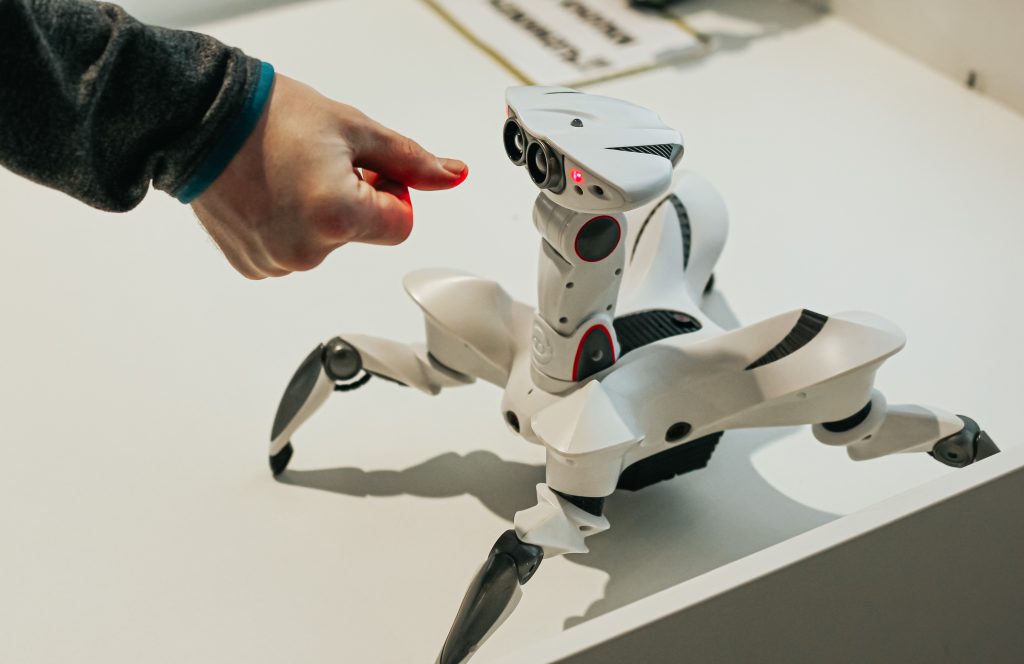The world of science fiction has long been a source of inspiration for technological advancements in real life. From self-driving cars to virtual reality headsets, many of the gadgets we use every day can trace their roots back to science fiction movies and TV shows. Here are just a few examples of how science fiction has influenced modern technology.
Smartphones – Star Trek: The Original Series (1966-1969)
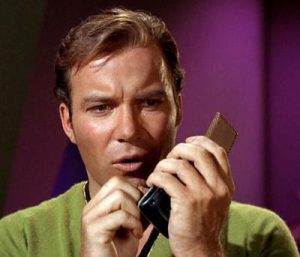
Smartphones have become an essential part of modern life, but their design owes a debt of gratitude to the communicators from Star Trek. The show’s creator, Gene Roddenberry, envisioned the communicators as portable devices that could be used to communicate with others no matter where they were. Today, smartphones serve the same purpose, allowing us to stay connected with others no matter where we are.
Tablets – 2001: A Space Odyssey (1968)
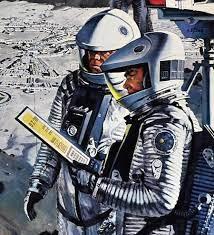
Tablets have become a popular computing device in recent years, but the concept of a tablet computer as we know it today can be traced back to the 1968 film, 2001: A Space Odyssey. The film featured a device called a “Newspad” that was essentially a tablet computer. While the first tablet computer, the GRiDPad, was introduced in 1989, it wasn’t until the iPad’s release in 2010 that the concept really took off.
Augmented Reality Headsets – Star Trek: The Next Generation (1987-1994)
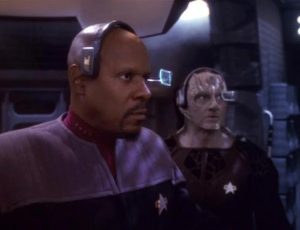
The concept of augmented reality has been around for decades, but it wasn’t until the 1990s that it started to become a reality. The first augmented reality headset, the EyeTap, was created in 1998, but the design of Geordi La Forge’s visor from Star Trek: The Next Generation has influenced the development of modern-day AR headsets. The visor allowed La Forge to see the world around him in incredible detail, and modern AR headsets aim to provide users with a similar experience.
Self-driving Cars – Total Recall (1990)

The concept of self-driving cars has been around for almost a century, but it wasn’t until the 1990 film Total Recall that the idea really started to take off. The film featured futuristic cars that could drive themselves, and the design of these vehicles has influenced the development of modern-day autonomous vehicles.
3D Printing – Star Trek: The Next Generation (1987-1994)
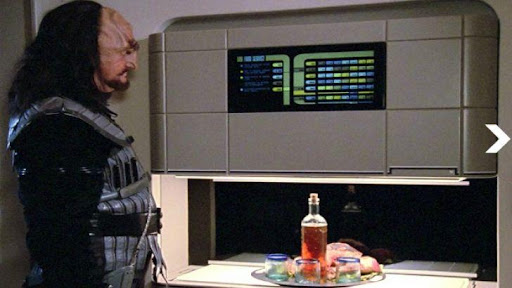
The idea of being able to create objects out of thin air has been a staple of science fiction for decades. The replicator technology from Star Trek: The Next Generation has influenced the development of modern-day 3D printing. While the first 3D printer was created in 1984, it wasn’t until the development of the technology in the 2010s that 3D printing really took off.
Hoverboards – Back to the Future Part II (1989)
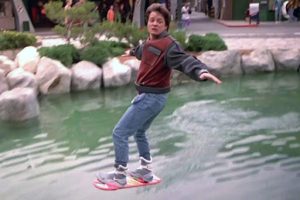
Actual hoverboards that can fly may not exist yet, but various types of hoverboards that can at least glide over surfaces have been developed since the release of Back to the Future Part II in 1989. While these devices are not quite as advanced as the ones seen in the film, they still owe a debt of gratitude to the movie’s iconic gadgets.
Wireless Earbuds – Star Trek II: The Wrath of Khan (1982)

Wireless earbuds have become a popular audio accessory, offering the convenience of hands-free listening. The first wireless headphones were introduced in 2001, but the earpieces worn by the crew of the starship Reliant in Star Trek II: The Wrath of Khan have influenced the development of modern-day wireless earbuds.
Holograms – Star Wars (1977)
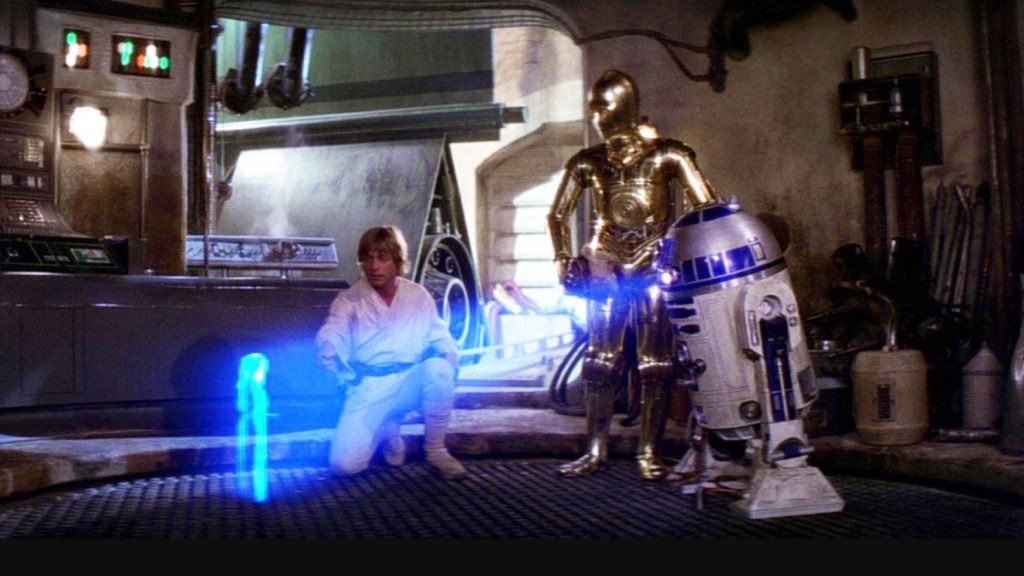
The concept of holographic displays and communication technology has been around since the 1960s, but the technology seen in the Star Wars movies has played a significant role in shaping the development of modern-day holograms. Today, holograms are used in various fields, such as medical imaging, entertainment, and even military applications.
Smart Homes – The Jetsons (1962-1963)
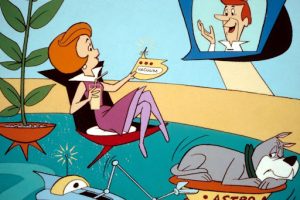
The Jetsons, an animated TV show from the early 1960s, featured a futuristic home that could be controlled with voice commands and push-button technology. Today, smart homes have become a reality, with devices like smart speakers, thermostats, and security systems that can be controlled remotely via smartphones or voice assistants.
Virtual Assistants – 2001: A Space Odyssey (1968)

The concept of virtual assistants has been around for decades, but it was popularized by HAL 9000, the intelligent computer system from 2001: A Space Odyssey. Today, virtual assistants like Siri, Alexa, and Google Assistant have become a ubiquitous part of daily life, allowing users to control devices, make appointments, and search the internet with voice commands.
In conclusion, science fiction has been a driving force behind many technological advancements in modern times. From smartphones to smart homes, virtual reality to self-driving cars, the influence of science fiction can be seen in almost every aspect of our daily lives. As we continue to push the boundaries of technology, it’s exciting to think about what new gadgets and devices science fiction will inspire in the future. Who knows, perhaps the next groundbreaking invention is already waiting for us in the pages of a science fiction novel or on the screen of a futuristic movie.


